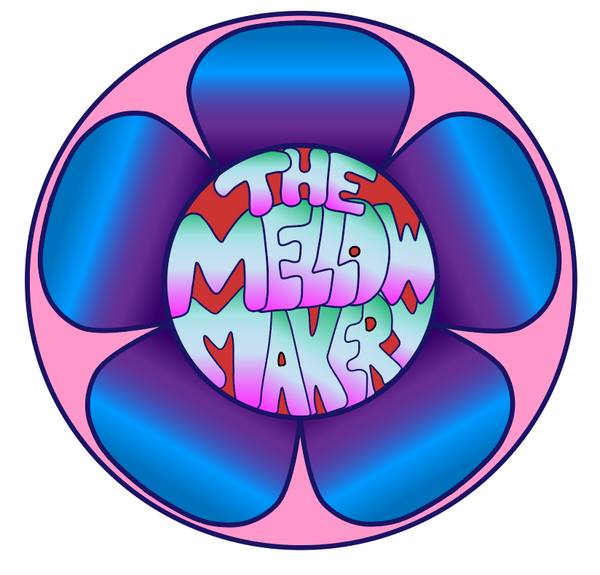Choosing the right findings to use is important if you want your piece to hold together and work well. Some clasps are stronger than others, for example I once used a toggle clasp for an expensive turquoise and sterling necklace that accidentally kept opening and allowing the necklace to fall off. I ended up having to replace it with a lobster clasp and a ring. Test your jewelry designs frequently to make sure they are usable and strong.
Here are some names of basic types of findings and their uses:
Clasp: Allows you to open & close the necklace and keeps the necklace on. Some types are spring ring, lobster, toggle, s-hook, other types of hooks, or slider clasps like the one pictured above.
Crimp: Use these to make a piece of cord or wire fold over and stay put. You need special crimping pliers to make them look good. You can also use crimp covers, which usually look like a small metal bead, to cover the crimps and make your whole piece more attractive.
Cord end: There are many sizes and shapes of these, all used to put a loop on the end of a cord. Some are a type of crimp and others are glue-on.
Jump rings: These are the links you use to put jewelry parts together. They are almost indispensable for creating jewelry that will look nice (or like you see for sale in stores). Most jump rings are open, meaning you can twist them apart and use them to link things together, however there are also soldered (also called "closed") jump rings which you can use as a stable base to link your thread work or wire work into.
Extender chain: Use this to make your necklace resizable. Simply attach this short, two-inch, open link chain opposite the clasp end, and you have a multi-size necklace.
Bail: Use this to attach an amulet or other charm to a necklace without worrying about hole size. It also creates a more finished look and makes the amulet hang lower.
Spacers: These are small metal beads you put between the other beads to set them off visually and make the entire piece look more finished. It took me some time to understand the need for these, but be sure to have a rich collection of different types of spacer beads to try, and of many different styles, so you can get professional results. A piece made with no spacers tends to look cheaper, duller, and amateur.
Clamshells and bead tips: These have become unpopular, but you can still find them and they do offer other options for finishing the ends of your necklaces.
Let me know your thoughts in the comments!
Best wishes,
--Pam

